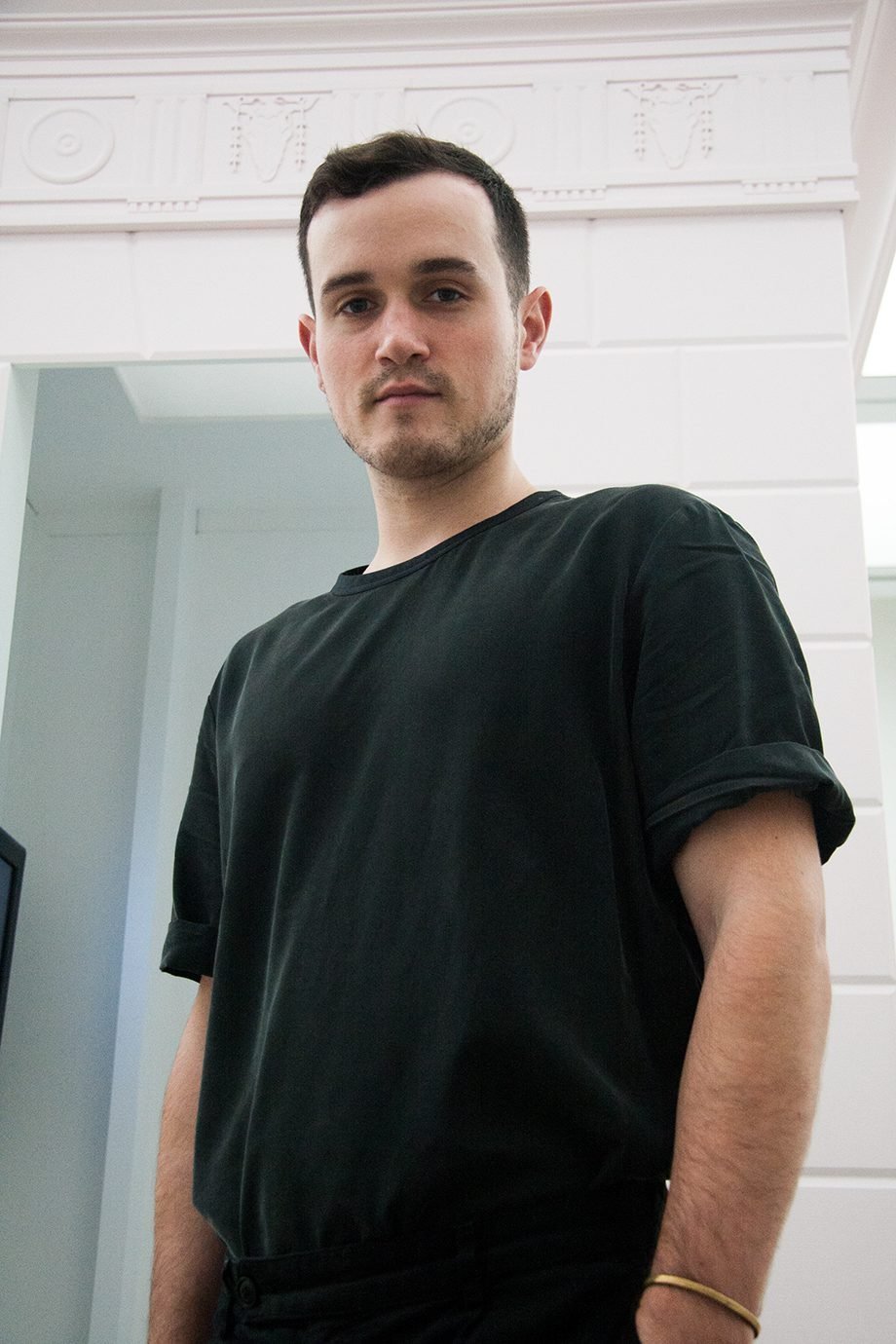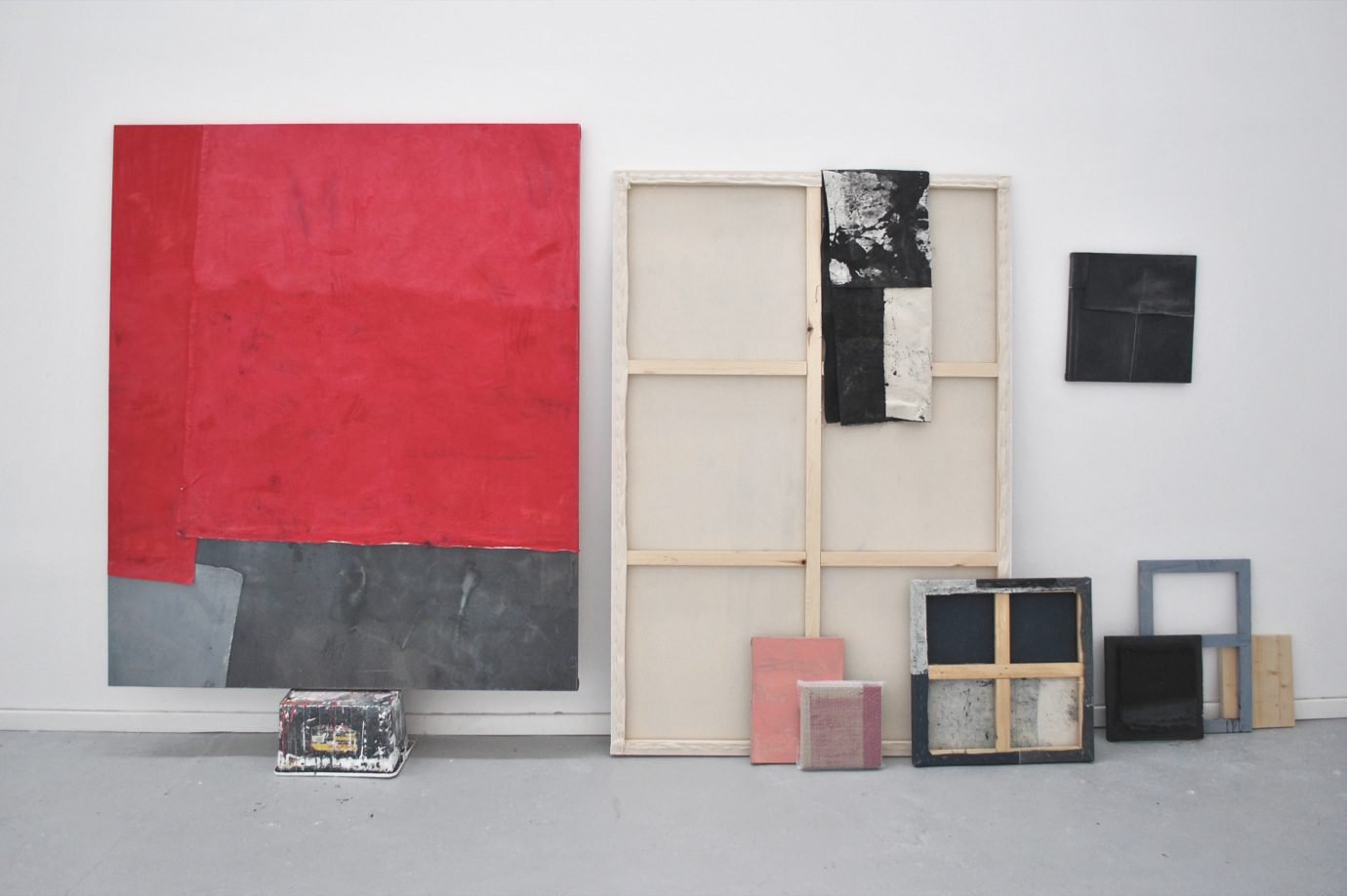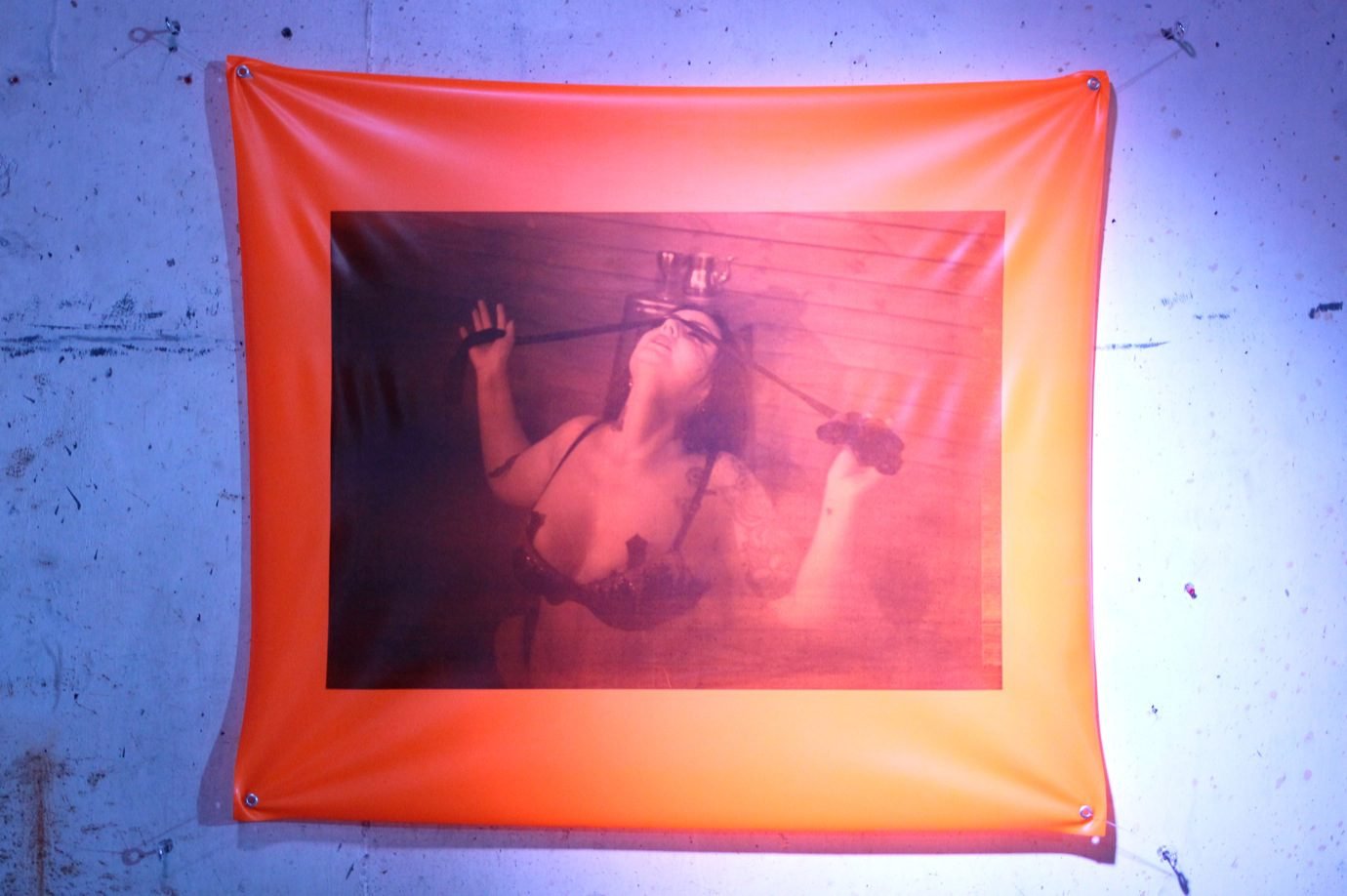Can you tell us a bit about the work of the Westminster Menswear archive?
In 2016, I established the Westminster Menswear Archive as an object-based research centre for students, academics, and industry. We have over 2000 garments in the collection, most of which date from the last 140 years of British menswear. We collect menswear in a non-hierarchical manner, so the archive includes industrial, military, and ‘designer’ garments. For example, a 1980s British Rail donkey jacket might hang next to a 1960s Tommy Nutter suit. Almost every British menswear brand you can think of uses the archive for research purposes, and students can use it to inform their design processes.
“Within the archive, we are interested in the boundaries between functional garments designed for specific military or industrial purposes and how these objects become part of the language of ‘designer’ menswear.” – Andrew Groves
How did the idea behind this project come up?
Back in March 2020, PPE-compliant scrubs and masks were almost impossible to buy due to worldwide shortages. However, several menswear brands started to pivot their production to meet the demand for scrubs, including Burberry, Barbour, Private White V.C., and Turnbull & Asser. We thought it was likely that brands would also begin producing face coverings for sale to the public. We decided to collect some of these items as a record of this new development. In the end, we gathered over 100 different types of face coverings.
Within the archive, we are interested in the boundaries between functional garments designed for specific military or industrial purposes and how these objects become part of the language of ‘designer’ menswear. For example, one of the consistent themes within menswear is the materiality of design centred around notions of protection, either functional or stylistic. You can see this with the adoption of bulletproof fabrics, Hi-Viz, ballistic weaves, and even metal plating by contemporary menswear designers. Face coverings had already been a menswear trend from at least 2017, with designers as diverse as C.P. Company, Rick Owens, Matthew Williams, A-COLD-WALL* and Off-White, who had all deliberately referenced masks within their collections. So with this project, we were interested in how these new objects might intersect with this development.
What was the process behind collecting the material and creating the archive?
Like everyone else, we were in lockdown for a substantial period of the project, so the sourcing of the various masks was done primarily through searching online via e-retailers or through Grailed, StockX, eBay, and Etsy. Additionally, we used our industry contacts to find out who might be making a new face covering. One of the hardest ones to track down was the BoohooMAN mask from April 2020. It was quickly withdrawn from sale after complaints in the tabloids that they were selling masks while none were available to health workers. After endless searching, we eventually tracked one down in Japan in December 2020, which we then had to ship back to the UK. So it also tells the story about how much fashion items travel from production, distribution, and consumption. From an archive perspective, it was very unusual to acquire items you hadn’t seen in the flesh or, in some cases, had yet to be produced. But because of the urgency to get these products to market, many were advertised for sale using only digital composite images that featured graphic design elements or branding overlaid on a generic 3D rendering of an imaginary face mask. The use of these impossibly perfect digital objects sometimes led to a disparity when the physical object arrived.
“What most surprised me was the menswear industry’s ability to rapidly adapt their processes, production, and marketing for this new product category. ” – Andrew Groves
Why do you think it is important to document and archive the facemasks at this moment in time and not after the Covid-19 pandemic is over?
We needed to react to events as they happened because we knew the ephemeral nature of these objects meant they would vanish quickly. The majority of the items we’ve collected are no longer for sale, and many came from defunct websites. Physical stores have also disappeared in some cases, such as Burton and Topshop.
Additionally, this has been an unprecedented moment where we have all been required to wear a specific garment we would not normally wear. We thought that the development, adoption, and discarding of face coverings might be rapid and change quickly as events unfolded, so we wanted to be sure we captured those changes as they happened. Most of us are used to deciding what we wear and using it as a form of self-expression, but in the context of COVID-19, the face covering, a banal everyday object, quickly became a much-contested object. In the last 12 months, we have witnessed how individuals have negotiated the tension between being forced to wear something and using their choice of mask to reaffirm their autonomy and freedom of expression. For example, the first anti-mask mask in our collection was acquired in May 2020.
However, as we are still living through COVID-19, we cannot truly understand what these objects will eventually mean to us until that is over. My instinct is that in ten years’ time, they will be seen as highly problematic objects that will evoke many negative memories.
What are the biggest learnings of the archive and exhibition?
What most surprised me was the menswear industry’s ability to rapidly adapt their processes, production, and marketing for this new product category. Many brands were hesitant to produce face coverings back in March 2020. After all, this was a new product line that most companies had no experience designing or manufacturing. They needed to understand the legal ramifications and consider whether they wanted to be associated with an object that could ‘taint’ their brand. But by the end of the year, a significant number of companies had fully integrated the face-covering into their ranges. By December 2020, some brands produced their second iteration of face coverings, and so these objects had already become part of their core seasonal range.
“While this is standard practice in the industry, historically within fashion education, there has been a romantic idea of the iconoclastic young designer that creates without any reference to the past. However, nearly all design is about creating new variations or juxtapositions of previously existing garments using new materials or processes. ” – Andrew Groves
How can a student or a young designer use the archive for their practice?
Fashion students use the archive to understand the cut, construction, or finish of a garment and reinterpret pre-existing objects. While this is standard practice in the industry, historically within fashion education, there has been a romantic idea of the iconoclastic young designer that creates without any reference to the past. However, nearly all design is about creating new variations or juxtapositions of previously existing garments using new materials or processes. By using the archive and studying the 2000+ objects in the collection, students can contextualise their work within a much longer history of menswear design and its language of material culture.
Will you continue working on the archive as the pandemic evolves?
We always intended for the COVID-19 face-covering project to last a year, beginning with the first lockdown on March 23, 2020. So for us, the exhibition is the completion of this project. We, like everyone else, had other plans for 2020 that were pushed back because of the pandemic. This included a couple of exciting menswear exhibitions, which we are now actively working on again.
“We wanted to capture a snapshot of the reality of what people were actually wearing on the street so that when historians look back in 50 years, the physical collection that we have collated is seen within this context.” – Andrew Groves
What is special about documenting the “discarded” masks?
The face coverings in the main exhibition are all unworn and have been selected by us for the various narratives they tell us about the last 12 months. But most people haven’t been wearing designer face masks. We wanted to capture a snapshot of the reality of what people were actually wearing on the street so that when historians look back in 50 years, the physical collection that we have collated is seen within this context. Because of the issues of potential contamination, rather than collect them, we documented them through photography.
In total, I photographed 365 masks, which are presented in chronological order. They were taken on my daily walks; whenever I came across a face covering, I photographed it precisely as it was, without moving or arranging it. As a result, they are an unedited record of what I witnessed on the streets. Because we are almost all wearing these objects, they have quickly become invisible, and presenting so many at once was one way to make them visible again.
But the other reason is we wanted to question how we value objects. The 52 new masks that we have acquired and are now housed within the archive, and as such, are given status for being selected by us as having some intrinsic cultural value. However, the discarded masks are seen as being of low value, having literally been discarded into the gutter. But by the act of being recorded, catalogued, and then turned into non-fungible tokens (NFTs), have they been transformed as having a new value? That’s why throughout the exhibition, we are giving away 52 of these NFT face coverings to investigate the value put on these transformed objects.
Which one is your favourite mask from the archive and why?
I’m particularly drawn to the face mask from Jermyn Street shirtmakers New & Lingwood. It features a repeated skull and crossbones motif. Traditionally this iconography has served as a memento mori, a symbolic reminder of the inevitability of death. Its use, therefore on a mask designed to combat disease, could be interpreted as the wearer wishing to appear unconcerned about the pandemic’s potential risks.
View the exhibition here





































